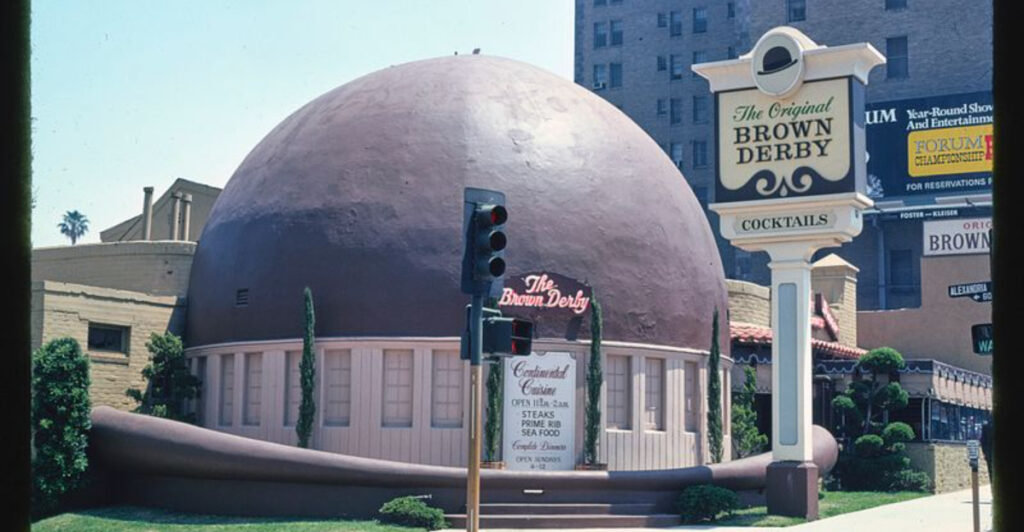The 1970s were a golden age of lavish dining—red leather booths, tuxedoed waiters, and cocktails that arrived with flair. These iconic restaurants defined luxury back then, but time wasn’t kind to all of them. Today, they live on in stories, photos, and the memories of lucky diners who got to experience them.
1. Trader Vic’s (Nationwide)
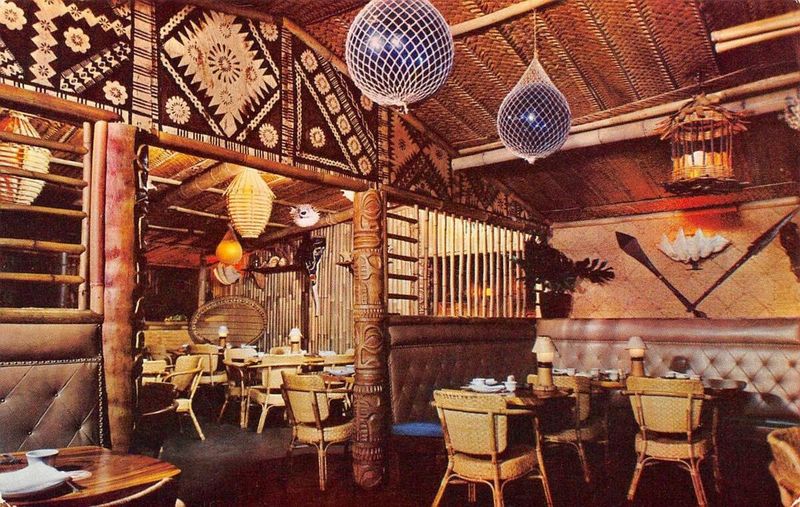
Trader Vic’s was the heart of tiki culture in the 1970s, known for its Polynesian décor and exotic cocktails. The Mai Tai, a signature drink, was just the beginning of an adventurous culinary journey. Patrons were transported to an island paradise, even in bustling cities. Despite its popularity, changing tastes led to the closure of most locations by the 1990s. The atmosphere was one of escapism, where every visit was a mini-vacation. Today, the spirit of Trader Vic’s lives on in the memories of those who indulged in its tropical offerings.
2. Howard Johnson’s
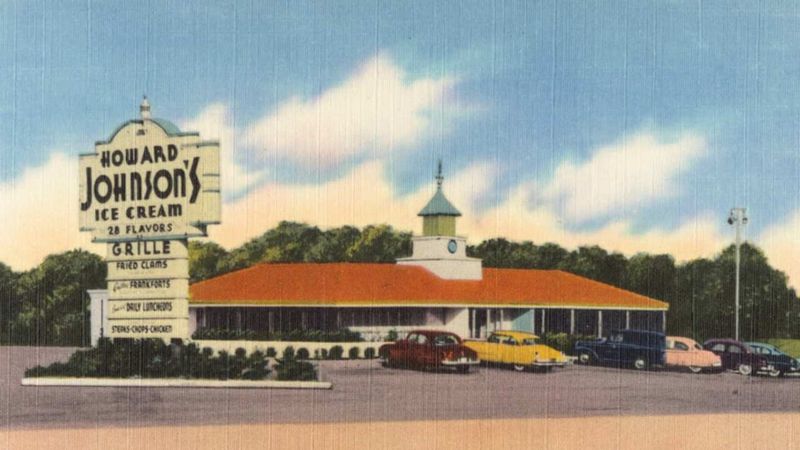
Howard Johnson’s was synonymous with roadside dining in the 1970s, recognized for its iconic orange roofs and 28 flavors of ice cream. It was a family-friendly destination, offering comfort to travelers across the nation. The menu, filled with American classics, was as comforting as the familiar sight of its vibrant exterior. Despite its once vast presence, nearly all locations vanished by the 2000s. The nostalgia of Howard Johnson’s endures, a reminder of simpler times and road trips. It was more than a pit stop; it was an American tradition.
3. Sambo’s
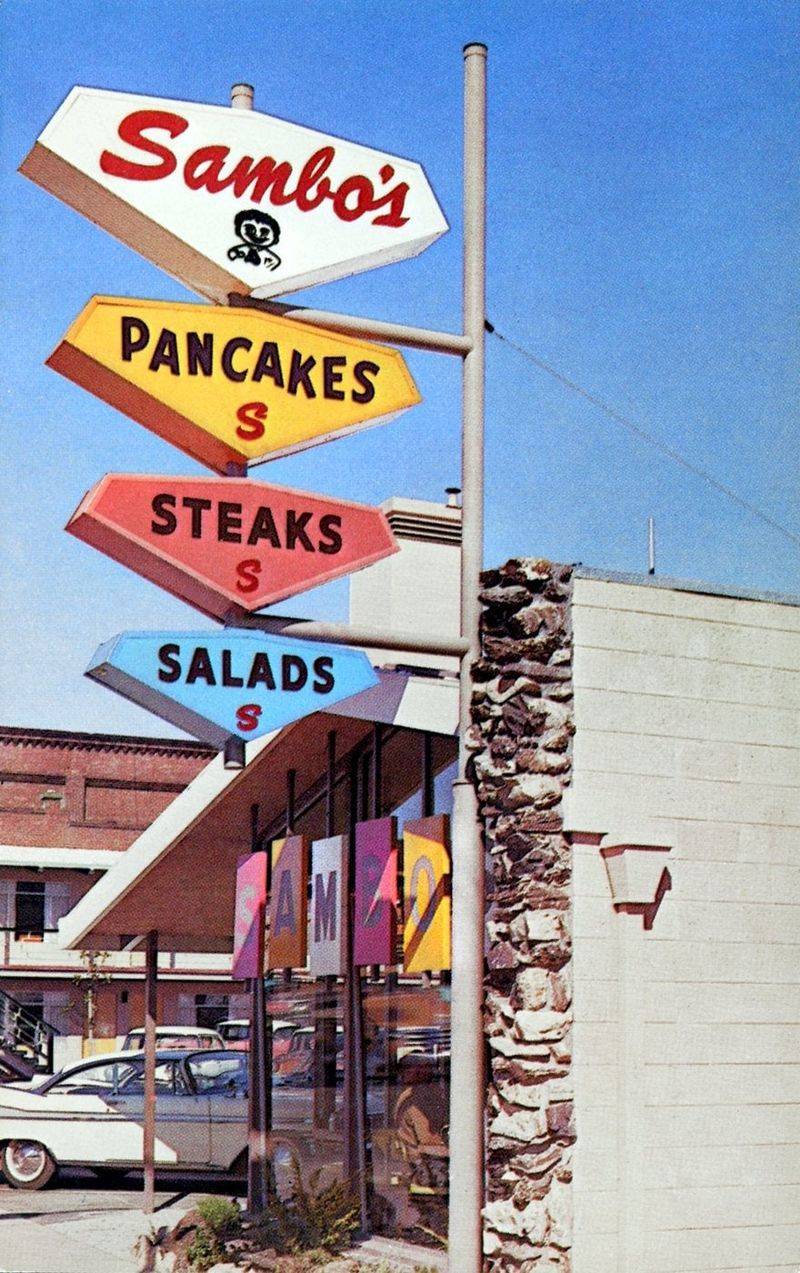
Sambo’s was a breakfast staple in the 1970s, loved for its pancakes and quirky tiger mascot. Families flocked to this vibrant spot, which was both welcoming and cheerful. However, controversy over its branding led to its closure, marking the end of an era. The lively atmosphere, filled with laughter and the aroma of fresh pancakes, was unforgettable. Each visit to Sambo’s felt like a special occasion, a place where mornings began with joy. Today, Sambo’s is remembered fondly by those who enjoyed its unique charm and hearty breakfasts.
4. Burger Chef
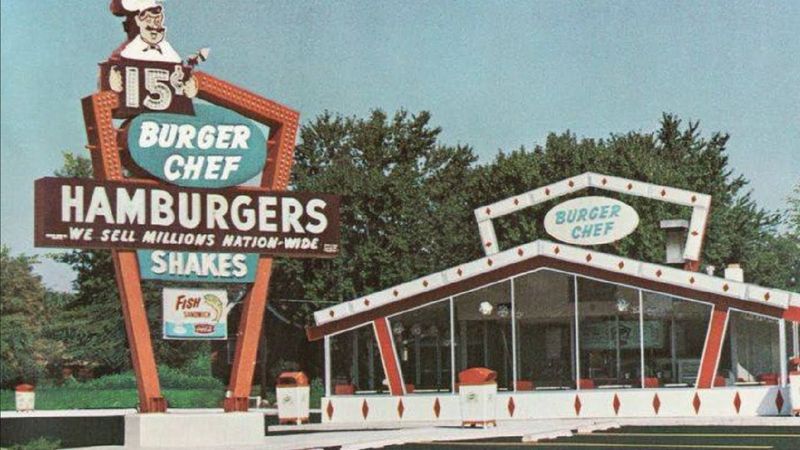
Burger Chef was a fast-food giant in the 1970s, standing toe-to-toe with industry leaders like McDonald’s. Known for its innovative ideas, such as the Works Bar, it offered customers the freedom to customize their burgers. This creativity set it apart, making dining an interactive experience. However, by the 1980s, it was absorbed by Hardee’s, and its unique charm was lost. The retro drive-thrus and vibrant signs are now part of fast-food lore. Burger Chef remains a nostalgic memory for those who relished its playful approach to dining.
5. Horn & Hardart Automats (NYC and Philly)
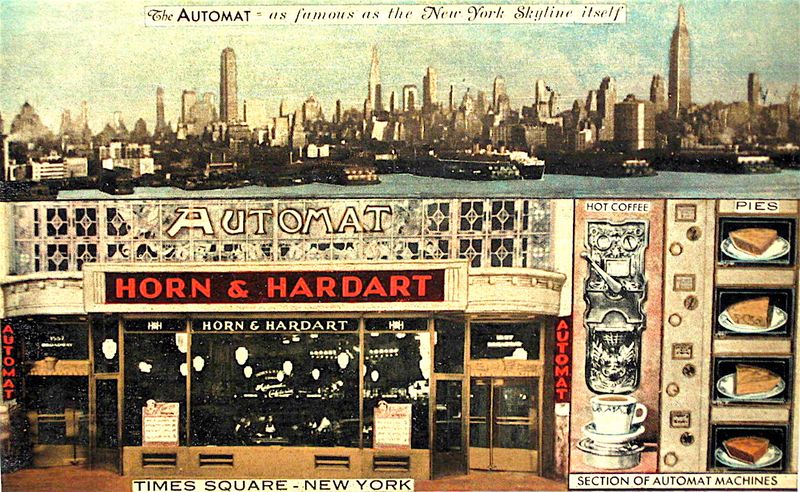
Horn & Hardart Automats were revolutionary, offering a futuristic dining experience with coin-operated food dispensers. In the 1970s, they were the epitome of convenience, providing quick meals in bustling urban centers. The architecture, with its Art Deco flair, added to the allure. As fast food chains rose, the once-buzzing automats began to fade. The last Automat closed, leaving behind stories of quick and quirky meals. The novelty of selecting meals through a glass window was unmatched. Today, they are cherished relics of a more mechanical era in dining.
6. The Brown Derby (Hollywood)
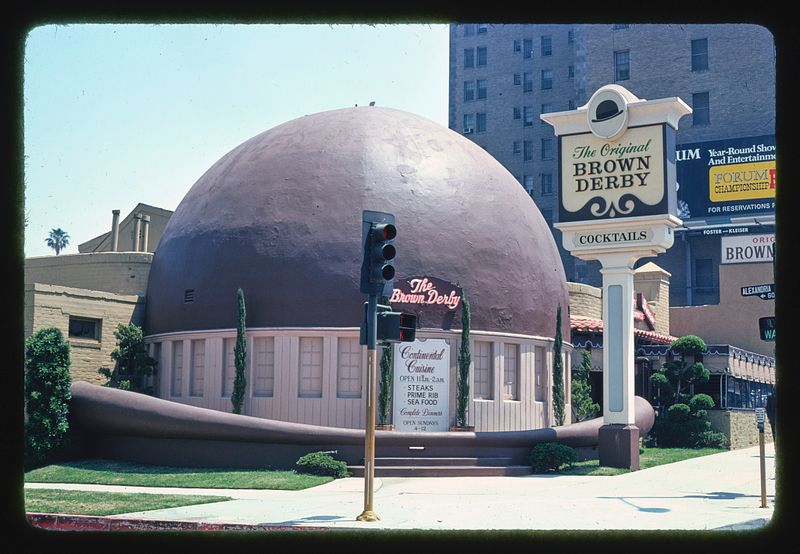
The Brown Derby, with its hat-shaped building, was more than a restaurant; it was a Hollywood icon. Known for its celebrity clientele, it was a place where dreams and stars intertwined. The Cobb salad, a signature dish, became as famous as the stars who dined there. In the 1980s, as tastes evolved, this beloved institution faded, leaving behind memories of glamour and glitz. Walking inside felt like stepping into a classic film, where every booth had a story. Today, The Brown Derby is a symbol of a bygone era, cherished in cinematic history.
7. Doggie Diner (San Francisco Bay Area)
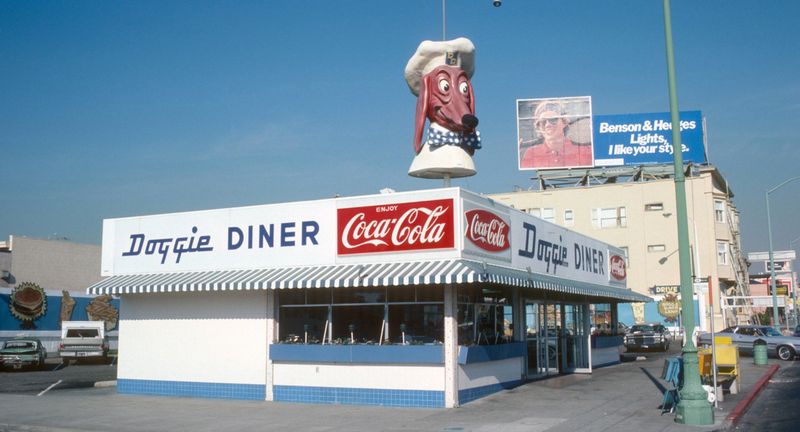
Doggie Diner was a beloved fixture in the San Francisco Bay Area, easily recognized by its giant dachshund head sign. It served classic American fare with a side of whimsy, making it a favorite among locals. The atmosphere was casual and inviting, a place where everyone felt at home. Despite its charm, the diner closed in the late 1980s, leaving behind its iconic signage as a cultural landmark. The playful spirit of Doggie Diner lives on, a reminder of simple joys and community gatherings. Its legacy continues in local lore.
8. Lum’s
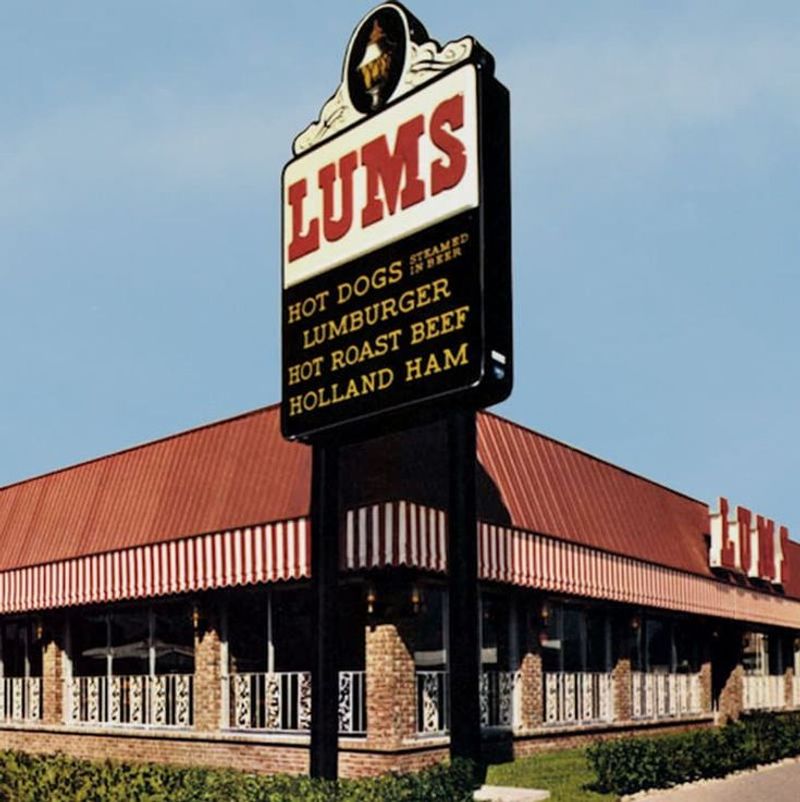
Lum’s was famed for its beer-steamed hot dogs, a novel creation that drew families to its doors in the 1970s. The friendly atmosphere made it a go-to spot for casual dining. Patrons were met with hearty meals and warm smiles, embodying a sense of community. However, by the end of the decade, Lum’s faced decline, and its once-bustling locations dwindled. The unique flavor of its hot dogs lingered in the memories of diners. Lum’s stands as a nostalgic emblem of culinary creativity and family dining in a bygone era.
9. Victoria Station
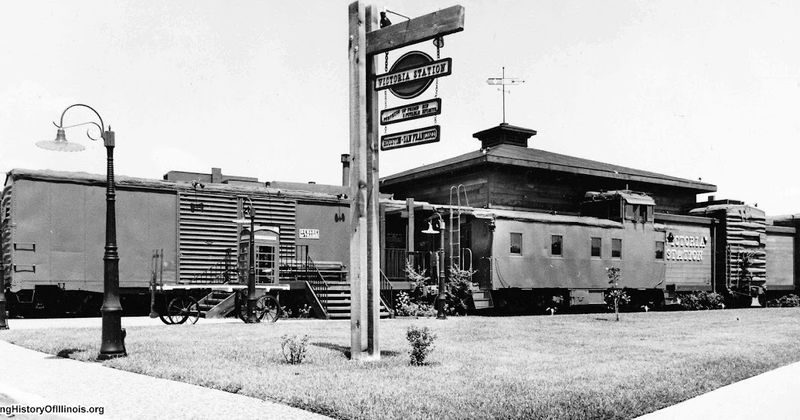
Victoria Station offered a dining experience like no other, with its train-themed décor and meals served in converted railcars. It was a journey for the senses, where patrons enjoyed steaks in a whimsical setting. The novelty of dining in railcars was its major attraction, providing an escape from the ordinary. Despite its initial success, U.S. locations shuttered by the early 1990s. The atmosphere was a blend of adventure and nostalgia, captivating diners who sought something different. Today, Victoria Station’s legacy is a testament to imaginative dining experiences.
10. Lafayette (New York City)
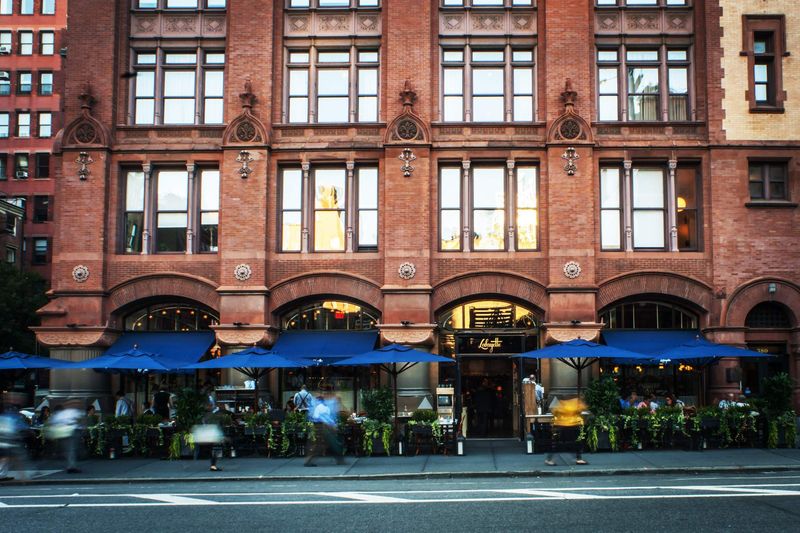
Lafayette was a cornerstone of fine French dining in New York City, part of the elite “Les Six.” Known for its elegance, it catered to a clientele that appreciated sophistication and culinary artistry. The atmosphere was refined, with every detail meticulously crafted to enhance the dining experience. In the late 1970s, as the city’s tastes shifted, Lafayette closed its doors. The restaurant’s legacy endures in the memories of those who savored its exquisite offerings. Lafayette remains a symbol of luxury dining, cherished by culinary historians and gourmands alike.
11. Perino’s (Los Angeles)
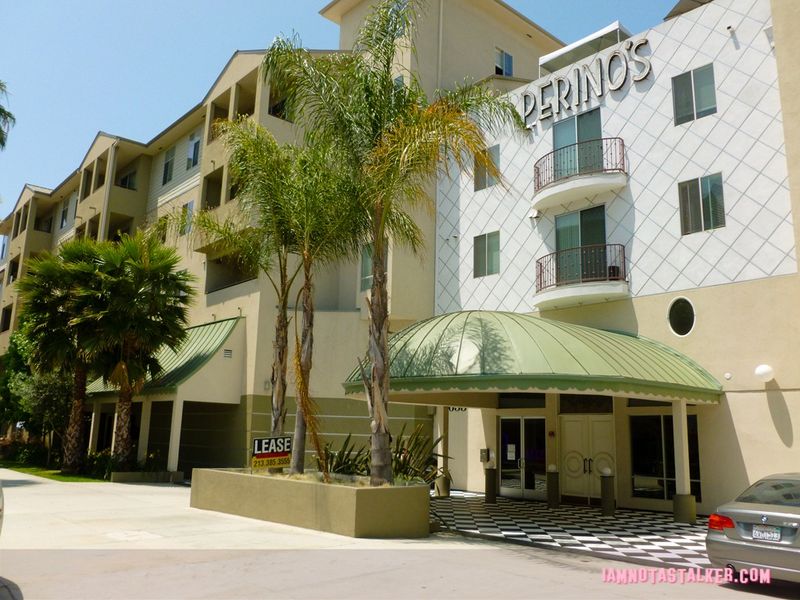
Perino’s was synonymous with Hollywood elegance, a place where the stars dined amid opulence. The restaurant was more than a dining venue; it was a social hub for the elite. Known for its luxurious décor and impeccable service, Perino’s was a favorite among the entertainment industry. In 1986, its doors closed, and the building was later demolished, marking the end of an era. The glamour and sophistication of Perino’s left a lasting impression, a reminder of a time when dining was a grand affair. Its legacy continues in Hollywood lore.
12. Tavern on the Green (NYC)
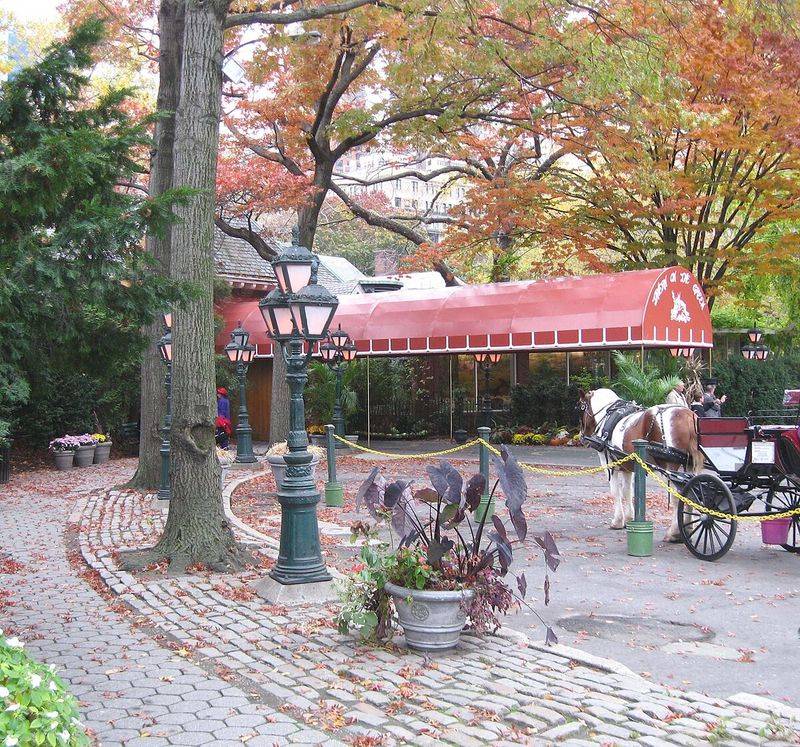
Tavern on the Green, nestled in Central Park, was a glittering venue known for romantic dinners. It offered a unique blend of natural beauty and urban sophistication. Diners enjoyed exquisite meals under twinkling lights, with the park as a serene backdrop. This iconic spot closed temporarily in the early 2000s, but its charm remains in the hearts of many. The picturesque setting made it a favorite for special occasions and magical evenings. Tavern on the Green is a cherished piece of New York’s culinary history, a symbol of elegance and romance.
13. The Colony (NYC)
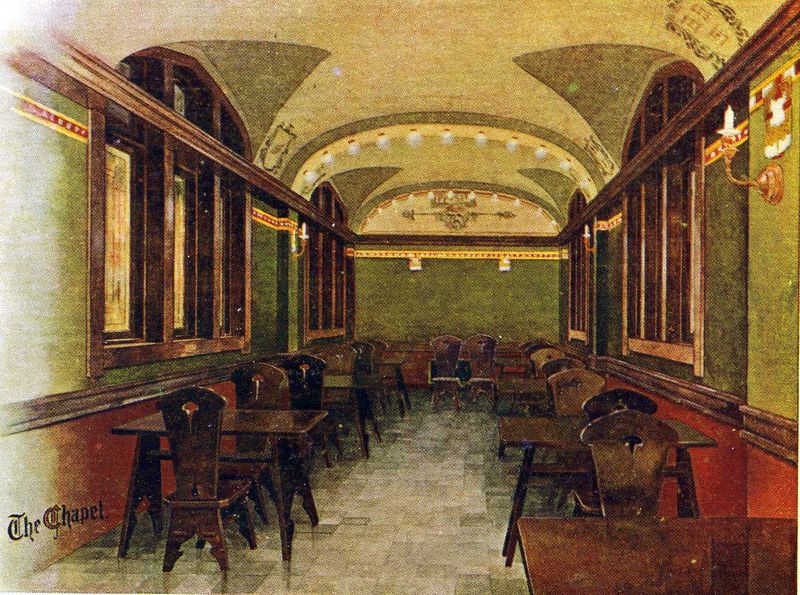
The Colony was an institution of old-money Manhattan, a place where tradition and exclusivity reigned. From its opening in the 1920s to its closure in 1971, it was a bastion of high society. The intimate atmosphere and classic interior made every meal an occasion. Though it quietly closed its doors, The Colony’s reputation for excellence lingered. It was a place of whispered conversations and discreet elegance, where the city’s elite gathered. The Colony’s legacy is a testament to the timeless appeal of understated luxury and refined dining.
14. Lutèce (NYC)
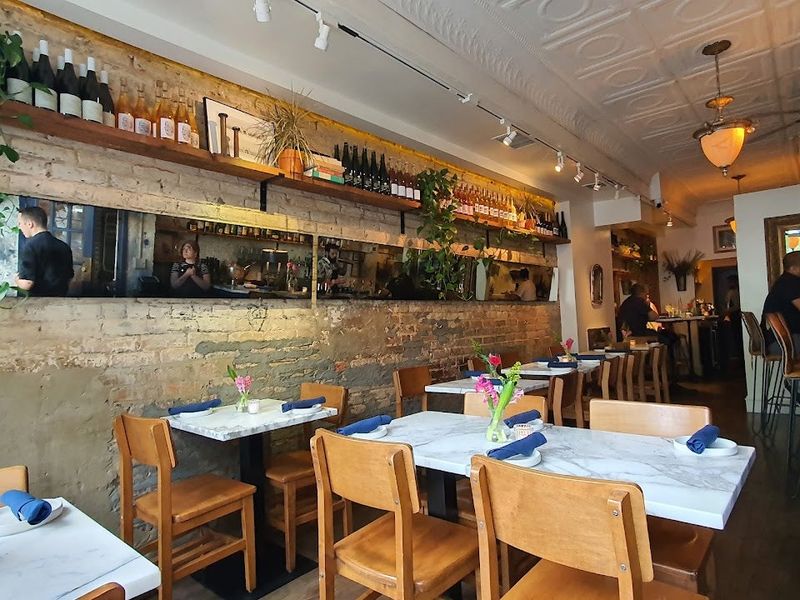
Lutèce was hailed as one of America’s finest French restaurants, offering a dining experience that was both luxurious and intimate. Patrons were captivated by its elegant setting and exquisite cuisine. Chef André Soltner’s artistry brought French culinary traditions to vibrant life. Despite its closure in 2004, Lutèce’s impact on the dining scene endures. It was a place where meals were celebrated events, with each dish crafted to perfection. Lutèce is remembered not just for its food, but for the warmth and dedication that defined its service.
15. Chasen’s (Los Angeles)
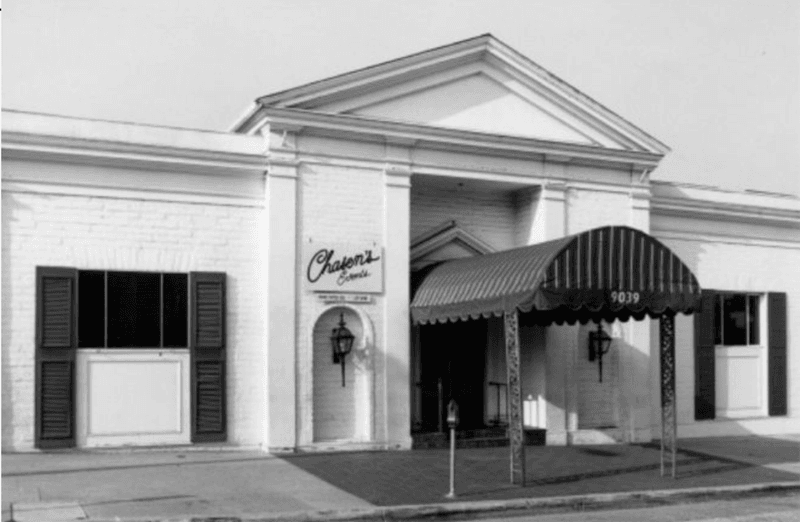
Chasen’s was a Hollywood power spot, renowned for its chili and star-studded tables. It wasn’t just a restaurant; it was a stage for the famous to see and be seen. The ambiance was classic Hollywood, with a touch of glamour and nostalgia. In the late 1980s, Chasen’s closed, but its spirit lives on through tales of celebrity gatherings. Each visit was an experience, where dining was woven with allure and prestige. Chasen’s remains a symbol of Hollywood’s golden age, a cherished memory for those who walked its storied halls.
16. La Caravelle, La Côte Basque, and Quo Vadis (NYC)
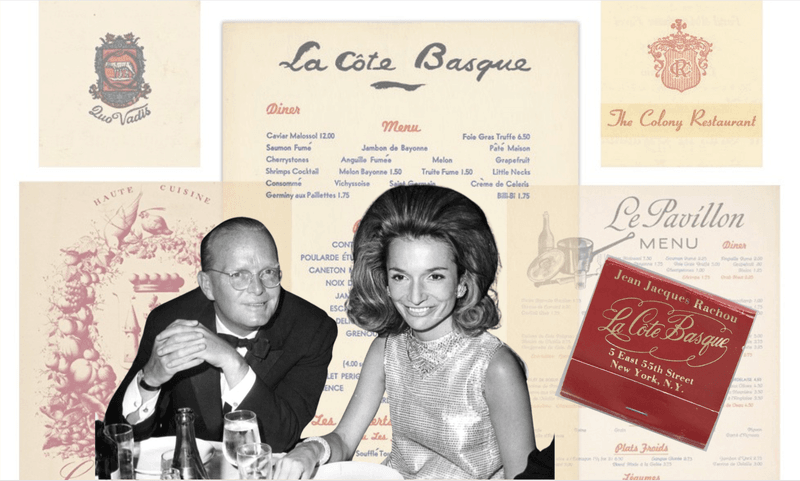
La Caravelle, La Côte Basque, and Quo Vadis were the epitome of mid-century luxury dining in New York City. Each offered a distinct take on French cuisine, drawing in discerning diners. These establishments were more than restaurants; they were cultural landmarks. As culinary trends shifted, all eventually closed, marking the end of an era of opulent dining. Their legacy is one of elegance and refinement, cherished by those who experienced their grandeur. Together, they are remembered as icons of French culinary excellence, leaving a lasting mark on the city’s dining landscape.

